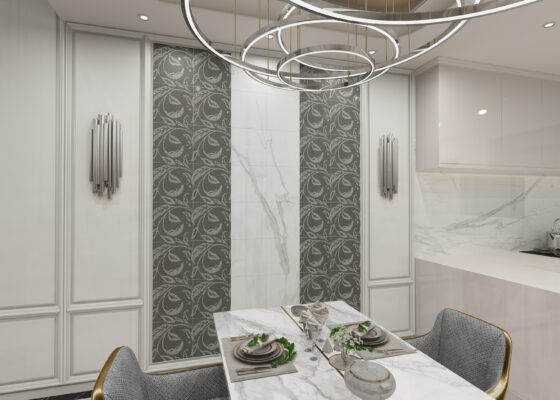Sealing and Verification of Porcelain Tiles
Arta Ceram 30*30 Porcelain Tiles and Ceramics, An Iranian Company looking for future
Sealing
When porcelain is first made, it is not absorbent, but the polishing process for making the unglazed surface shiny cuts into the surface, leaving it more porous and prone to absorbing stains, in the same way as natural stone tiles. Unless they have a suitable, long-lasting treatment applied by the manufacturer (for example, nanotech treatment), polished porcelain tiles may need sealing. Porcelain sealants are either solvent-based or water-based, which is cheaper but does not last.
Vitrification
Porcelain tiles can be vitrified to reduce their porosity and increase their strength. Vitrified porcelain tiles are created by combining clay with other elements such as quartz, silica, or feldspar under incredibly high temperatures. The vitrification process creates porcelain tiles that contain a glass substrate. The glass substrate gives the tiles a sleek appearance, provides added strength, and makes the tiles water and scratch-resistant. Vitrified porcelain tiles do not need to be re-sealed or glazed.

 العربية
العربية


